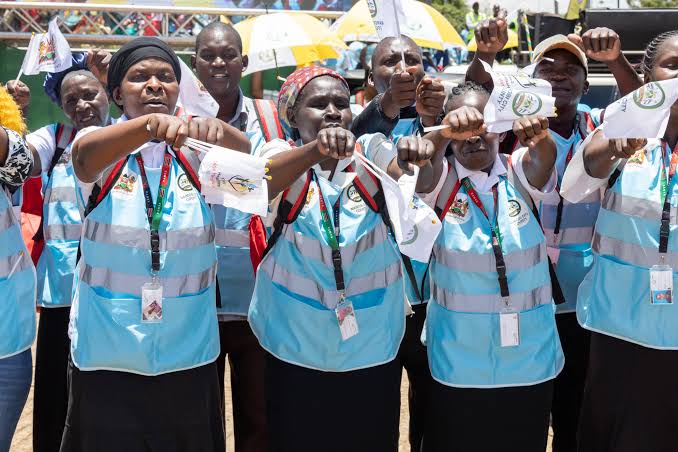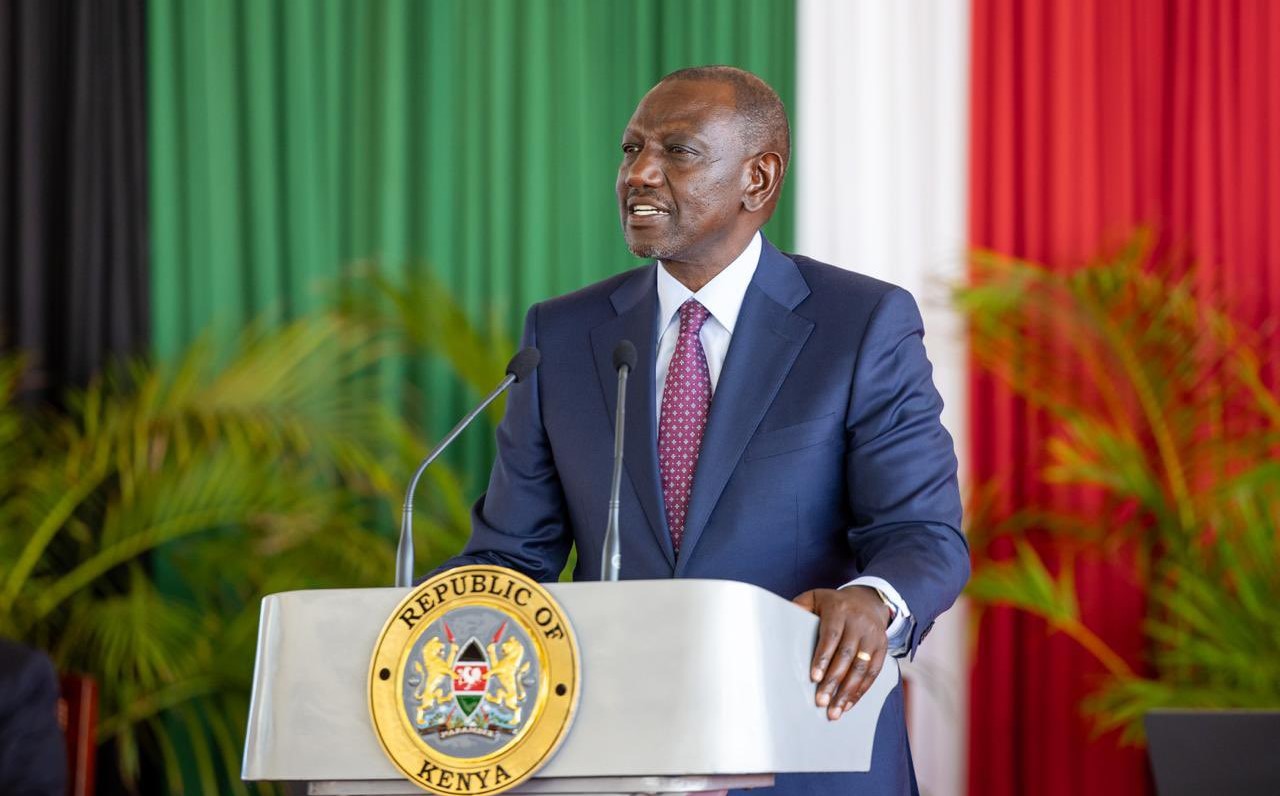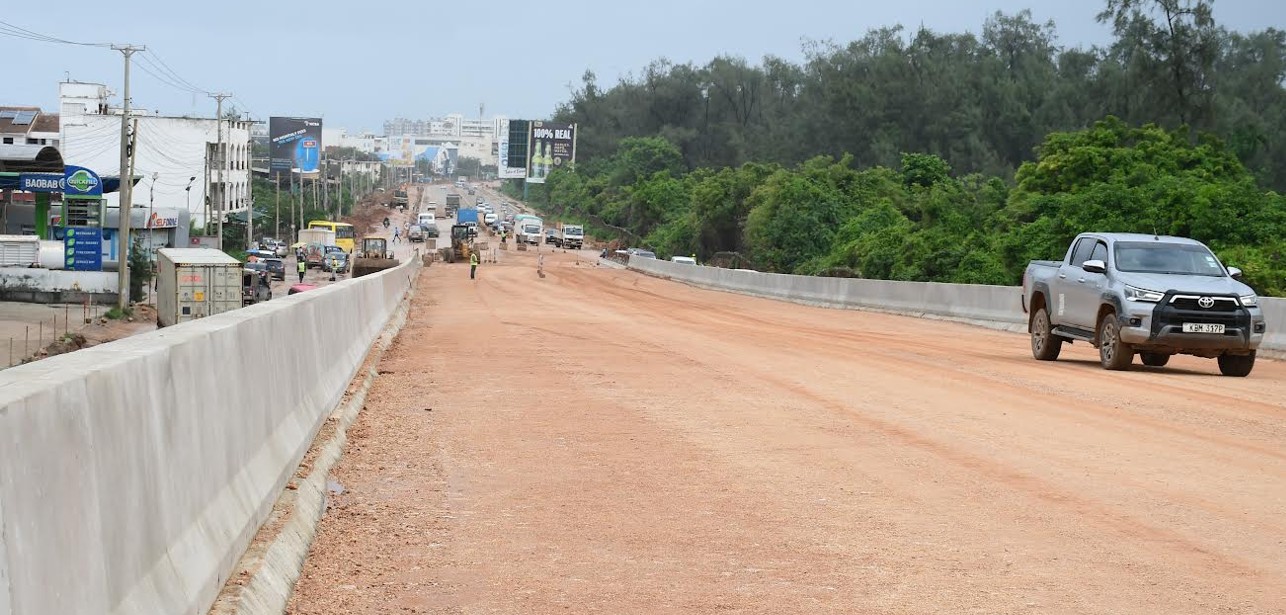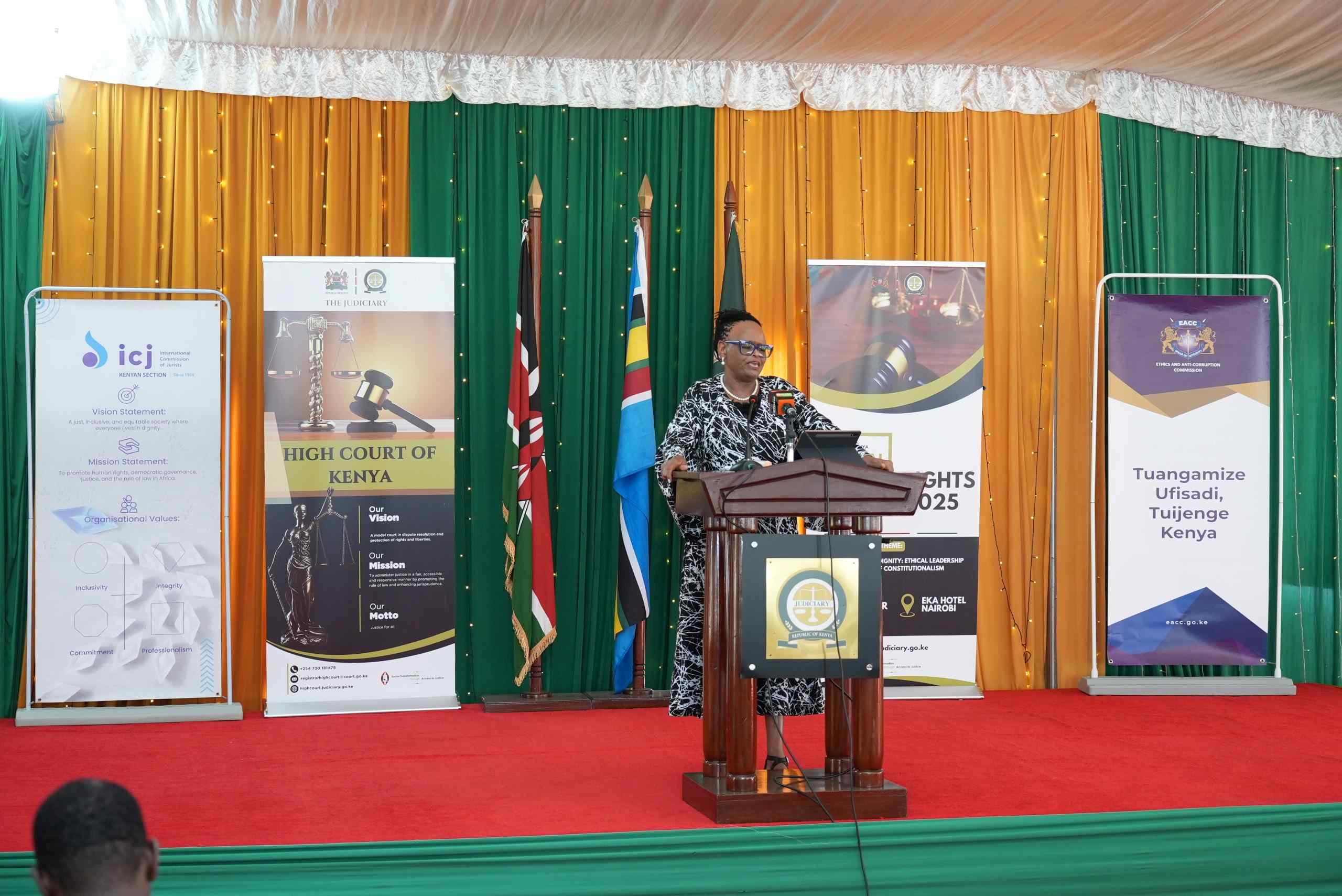Invasive urban mosquito threatens to worsen malaria in Kenya, scientists warn

The Asian malaria mosquito, Anopheles stephensi, has been detected in seven counties since its first appearance in December 2022, raising serious concerns about new patterns of malaria transmission.
Kenya is facing a growing malaria threat following the rapid spread of a mosquito species that thrives in urban areas, scientists have warned.
The Asian malaria mosquito, Anopheles stephensi, has been detected in seven counties since its first appearance in December 2022, raising serious concerns about new patterns of malaria transmission.
More To Read
- Third Kilifi health forum opens with urgent calls for financing, digital solutions
- UNICEF, Save the Children hail Turkana’s progress in tackling malnutrition
- Malaria fight at risk as drug resistance spreads despite new tools saving millions
- Malaria: Drug resistance and underfunding threaten progress towards eliminating killer disease
- KEMRI-JKUAT collaboration secures court ruling to protect senior scientists from early retirement
- Study warns climate shifts could widen malaria risk across Africa
According to a new scientific study led by the Kenya Medical Research Institute (KEMRI), this invasive species is now established in Marsabit, Turkana, Mandera, Wajir, Isiolo, Samburu, and Elgeyo Marakwet.
These counties have traditionally experienced low malaria transmission rates, but researchers now fear that may change.
“This invasive vector could pose a significant public health threat, particularly in urban and peri-urban areas of Kenya,” said Dr Eric Ochomo, the lead researcher and senior author of the study.
Genetic signatures
Genetic testing of 147 mosquito samples found three distinct genetic signatures, meaning the mosquito likely entered Kenya multiple times, instead of spreading from one source.
The genetic profiles closely resemble mosquitoes found in southern Ethiopia, suggesting the insects may have arrived via trade routes crossing the border.
“The genetic connectivity between Kenyan Anopheles stephensi and populations in neighbouring countries emphasises the need for coordinated, cross-border surveillance and control efforts,” Ochomo said.
Man-made environments
Unlike native African malaria mosquitoes, which breed in rural, natural water bodies, Anopheles stephensi prefers man-made environments such as water tanks, construction sites, and even discarded tires.
This ability to breed in towns and cities increases the danger to people living in urban centres, where malaria was previously less common.
The World Health Organisation (WHO) launched a global initiative in 2022 to fight the spread of this species.
It is capable of spreading both Plasmodium falciparum, the most deadly malaria parasite and Plasmodium vivax, which is more common outside sub-Saharan Africa.
The mosquito has also shown resistance to all classes of insecticides used to kill adult mosquitoes in the region.
Malaria remains one of the most serious public health challenges globally, especially in Africa.
According to WHO, the disease caused 597,000 deaths in 2023, with the African continent accounting for 95 per cent of global deaths. Children under five made up 76 per cent of these fatalities.
The spread of this new mosquito species may force Kenya and its neighbours to revise current malaria control strategies.
Health experts are urging urgent investment in surveillance, community awareness, and mosquito control to avoid a rise in urban malaria infections.
Top Stories Today













































